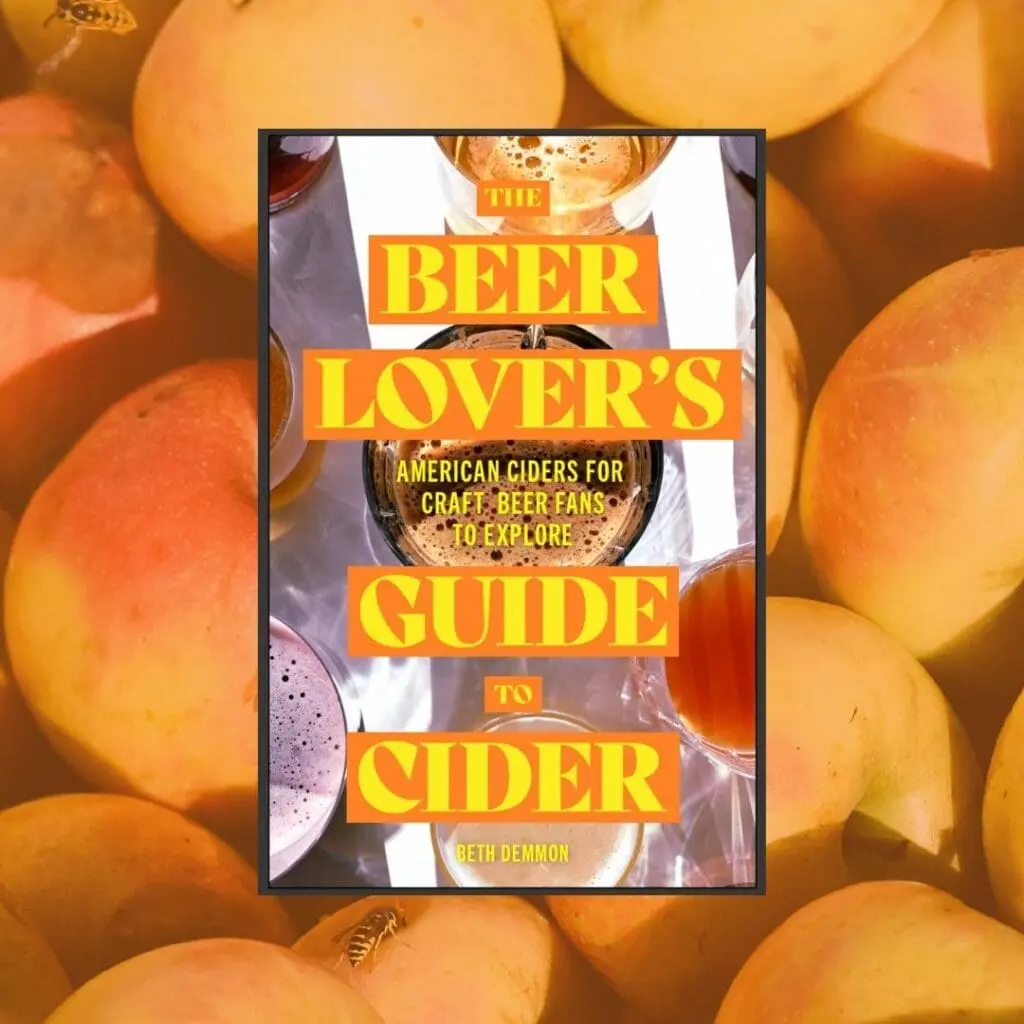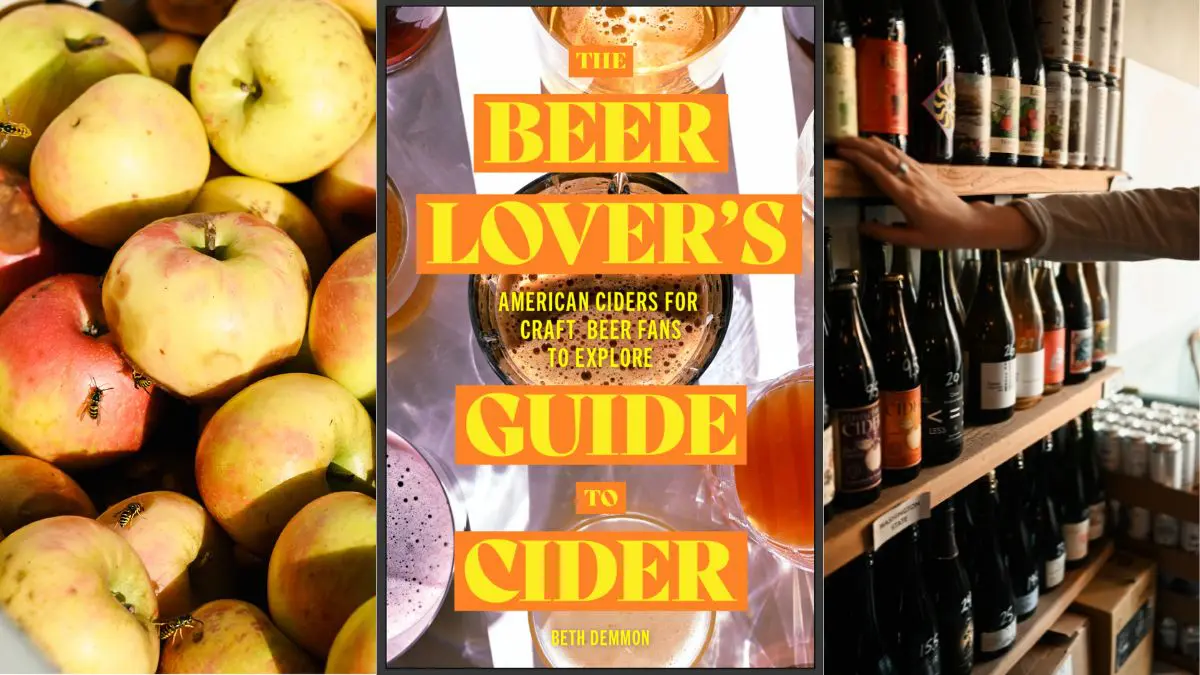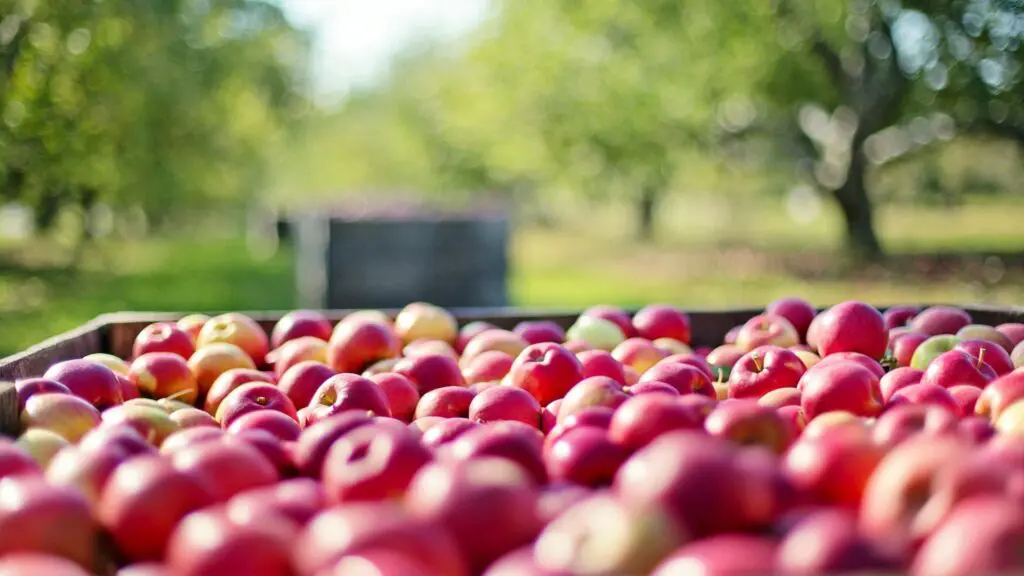When Beth Demmon spoke to Cidercraft last year while she was still writing The Beer Lover’s Guide to Cider, she explained that many existing cider books “assume people are already drinking cider, not trying to entice them to become new consumers.” With this book, set to release September 12, the Certified Cider Professional hopes to make the beverage enticing to those unfamiliar with today’s ciders.
As Jeff Alworth, author of books such as The Beer Bible and Cider Made Simple, noted in the book’s forward, Demmon “acts as a guide to [the artisanal cider] world” to those she is trying to bring into the fold — current cider fans, beer drinkers looking for something different, wine people who are curious about how cider is adjacent to wine and anyone who wants to explore what’s interesting in the modern American cider scene.
The language she uses to entice? That of beer’s familiar flavors even though Demmon acknowledges in the first sentence of the introduction that “cider is not beer.” Do not skip the introduction. It’s here that Demmon puts the reader at ease, giving permission to start learning about cider by choosing one, tasting it, and saying “It tastes good” or “It tastes bad.” She encourages readers to go deeper with some suggestions on how to do so, but recognizes that those will be the first thoughts — the legitimate thoughts — many people have upon first sip.
In the eight chapters that follow the introduction, Demmon divides ciders into categories that make sense to her: Introductory Ciders; Hoppy Ciders; Wild, Tart & Sour Ciders; Fruit Ciders; Belgian & Farmhouse Ciders; Imperial Ciders; Specialty Ciders; and Ciders for the Cider Lover.
After a short intro to each chapter, she dives in with specific cider examples, explaining how they are similar and different to various styles of beer, and she does it well without getting too technical. Transcontinental from ANXO Cider (Washington, D.C.) “evokes similar aromatics to those in German Pilsners.” Hail to the Hop from Hale & True (Philadelphia) “just might convince you to reach for this hopped cider rather than an IPA.” Garratza from Liberty Ciderworks (Spokane, Washington) has an “inherent funkiness” not unlike “Gueuzes or Lambics.” “Fans of strong, complex Belgian Dubbels and Tripels can order one (or two) with confidence” of Cider Noir from Texas Keeper Cider (Manchaca, Texas).

Not every one of the nearly 100 ciders in the book is given a definitive equivalent style of beer, but the descriptive language most often used is that of beer — and once in a while language usually associated with wine, such as Forrest, a pét-nat cider from Dwinell Country Ales (Goldendale, Washington).
Demmon’s descriptions of each cider are vibrant and detailed, and it seems she took the time to contemplate each one and carefully consider how to relay its qualities in terms that beer and other alcoholic beverage drinkers are familiar with.
In the introduction, Demmon acknowledges that “American cider has yet to agree on many universal styles or definitions,” and that’s a good thing. Because without a specific style lexicon “comes flexibility and the opportunity to begin enjoying cider without second-guessing oneself.” So Demmon can find similarities between cider and beer, and not be wrong. Others can pick up a cider and find similarities in something else, and not be wrong. The understanding of cider can come from drinking and relating it to what you know, until eventually, you know cider.

The Beer Lover’s Guide to Cider is a book that very well may — to use Demmon’s own word — “entice” beer drinkers to dip their toes into the cider world if they have yet to do so or wade deeper in the apple-y waters if they’re ready to know cider more intimately. But the book is not just for beer drinkers. It will lead anyone who wants to know about, or know more about, cider to bottles, cans and American craft cideries they’ll want to try. Toward the back of the book, she lists an additional 68 cideries and their locations that don’t have specific ciders mentioned in the chapters, helping to guide readers to quality cideries near them.
As an aside, I’m not sure I’ve ever seen so many endorsement blurbs for one book before, and each one of them is from a prominent and knowledgeable industry professional. The advanced copy of The Beer Lover’s Guide to Cider by Beth Demmon I received has 15 blurbs from respected and knowledgeable pros. After reading the book, I understand the support, and I’m in agreement with what Greg Hall, founder of Virtue Cider, said in his blurb: “Beth’s well-researched book will inspire a new generation of cider drinkers to explore the magical world of apples.”









